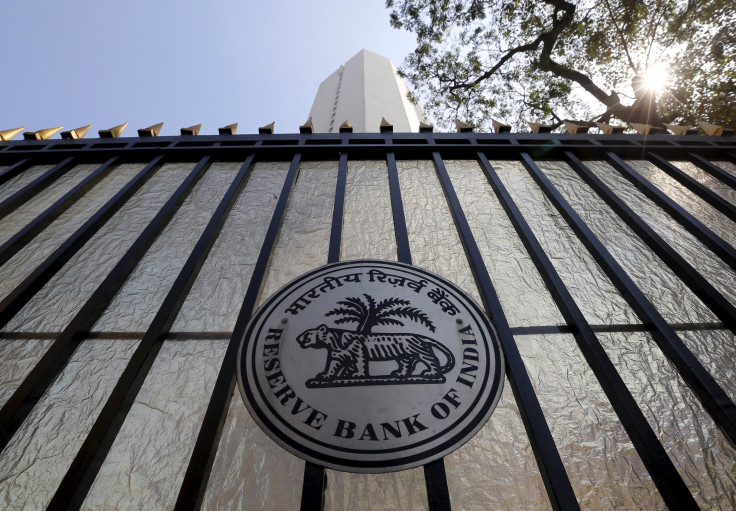India’s Central Bank Slashes Key Rate To Five-Year Low To Boost Growth Amid Easing Inflation

In a widely expected move, the Reserve Bank of India (RBI) — the country’s central bank — lowered its key interest rate for the first time in six months. The repo rate, which is the rate at which a country’s central bank lends money to commercial banks, was cut to a five-year low of 6.5 percent from 6.75 percent.
Additionally, in moves aimed at increasing liquidity in the financial markets, the RBI raised the reverse repo rate — the rate lenders charge the central bank — by 25 basis points, and reduced the minimum daily cash reserve ratio requirement to 90 percent from 95 percent.
“The stance of monetary policy will remain accommodative. The Reserve Bank will continue to watch macroeconomic and financial developments in the months ahead with a view to responding with further policy action as space opens up,” RBI Governor Raghuram Rajan said in a monetary policy statement released Tuesday.
“Perhaps more important at this juncture is to ensure that current and past policy rate cuts transmit to lending rates,” he added, addressing a reluctance among Indian lenders to lower their lending rates significantly.
Rajan, who has now cut interest rates five times since January 2015, cited a drop in retail inflation as a reason for loosening the monetary policy. Inflation, as measured by the Consumer Price Index (CPI), dropped to 5.18 percent in February after rising for six consecutive months. The country, which has long struggled to rein in inflation, is benefiting from a drop in global oil and commodity prices.
“Inflation has evolved along the projected trajectory and the target set for January 2016 was met with a marginal undershoot. Going forward, CPI inflation is expected to decelerate modestly and remain around 5 percent during 2016-17 with small inter-quarter variations,” Rajan said in the statement.
The RBI has a target of bringing consumer inflation down to 4 percent by March 2018.
The decision to loosen monetary policy is aimed at boosting domestic economic activity, which lost pace in the second half of the fiscal year 2016, largely due to a drop in exports and production of consumer and capital goods. However, Asia’s third-largest economy is still expected to grow at a healthy pace of 7.6 percent this year, the central bank said.
Following the announcement, India’s benchmark S&P BSE Sensex, which began the day in the red, extended its losses, dropping 1.5 percent. The Indian rupee, which has, in recent weeks, strengthened against the dollar, also lost ground, dropping to 66.34 from its previous day's close of 66.21.
© Copyright IBTimes 2024. All rights reserved.












